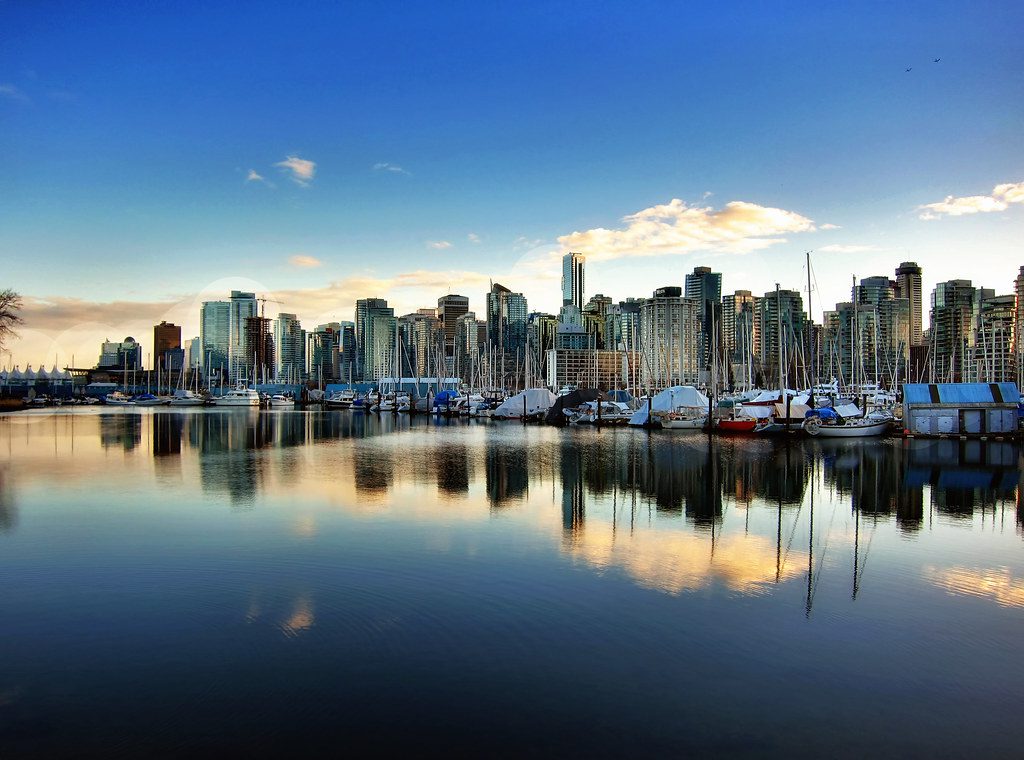Skift Take
As Covid continues to show, timing is everything when reopening for tourism. Will the elected party get behind Canada's travel industry until the uncertainty fades, or will more businesses collapse?
Canada’s tourism sector has made some strides if you compare its present to the 16 months of closure that were marked by strict domestic and international quarantine rules and a delayed vaccine distribution plan.
Still, in spite of now achieving a vaccination rate closing in on 80 percent, lifting land border restrictions with the U.S. in August and welcoming fully vaccinated international visitors a week ago, a late reopening meant missing a second summer for most tourism businesses.
“We’ve got a lot of industry who were not able to meet their needed revenue targets over the summer months,” said Beth Potter, CEO of the Tourism Industry Association of Canada (TIAC). “They are sitting on a lot of debt now, as well as they have dried up their financial reserves.”
Elections come and go for tourism businesses typically, but Canada’s federal elections this Monday has everyone feeling extraordinarily invested in its results.
For one, that’s because of the ill-timed winding down of government rent and wage subsidy programs over the summer. It means tourism must now advocate for extended funding on the eve of the election.
Join Us at Skift Global Forum in NYC September 21-23
Nearly 40 percent of tourism businesses will have to shut down if they don’t continue to receive assistance from the government, according to TIAC’s latest industry survey on the state of tourism in Canada. One third of respondents also said they expect more than a 50 percent decline in revenue in 2021 compared to 2020, the data showed.
Which political party wins on September 20 will determine whether government support programs will be extended through May 2022 as TIAC has asked, ultimately shaping Canada’s tourism recovery pace and its competitiveness coming out of the pandemic.
“The Liberal Party came out on day one and made a campaign promise to support the tourism industry the way that we’ve asked them to,” said Potter. The leader of the Conservative Party did make the connection, Potter added, but didn’t get into any details, and neither did the New Democratic Party.
Tourism leaders agree the outlook for Canada’s fall and winter seasons remains grim. The future of its travel industry, and its diverse segments, is now in the hands of voters.
“This is a critical election and Indigenous tourism needs a government partner who understands what Indigenous led tourism recovery needs,” said Keith Henry, CEO of Indigenous Tourism Association of Canada (TIAC), in a statement. “Our industry does not have time for delays to assistance as the 4th wave of Covid-19 maintains negative impacts.”
A Tepid rebound without business travel
The surge of the Delta variant in late summer slashed hopes of a big restart for Canada tourism. Urban destinations, including Toronto, Ottawa and Montreal, among the hardest hit, joined marketing efforts this month for the first time to boost urban visitation.
“I flew to Alberta last week, and the airports were eerie,” TIAC’s Potter said, adding that all the testing requirements and uncertainty around proof of vaccinations are lending to a kind of lack of confidence for business travel right now.
A big reason behind the recovery lag isn’t just the lack of reciprocity from the U.S. in reopening its land border to Canadians for leisure.
“A big portion of it is the fact that business travel isn’t back, and of course, our number one business traveler comes from the States,” said Potter. Urban centers remain ghost towns because with offices sitting empty and conferences and trade shows not having resumed.
Leisure travel did pick up a little over the summer as Canadians explored their backyard, Potter said. Areas such as Prince Edward Island were surprised to see strong visitation levels, but overall the leisure sector has only reached 48 percent of 2019 levels.
Surviving The Cloud of Uncertainty
Susie Grynol, CEO of the Hotel Association of Canada, said in an earlier news report that a rebound for hotels isn’t expected to start until Spring 2022, with national occupancy rates currently down by about 50 per cent from pre-pandemic levels.
How significant the anticipated rebound is, however, will depend on the next party in power and whether it sees fit to extend the tourism wages and rent subsidy programs to prevent more businesses from shutting down before 2022.
“We have put forth a proposal to all parties, looking for a new funding support for the hardest hit businesses, so those businesses that have lost 40 percent of their revenue in a 12 month period since March of 2020,” said TIAC’s Potter.
“And it would be up to 75 percent of standard operating costs so no capital expenditures, no bonus structure, nothing like that. Just survival money to get them through from September to May, so that they can at this point plan to have a season next year instead of living under a cloud of uncertainty.”
The Daily Newsletter
Our daily coverage of the global travel industry. Written by editors and analysts from across Skift’s brands.
Have a confidential tip for Skift? Get in touch
Tags: canada, coronavirus, coronavirus recovery
Photo credit: Vancouver's waterfront skyline Nick Kenrick / Visual Hunt
